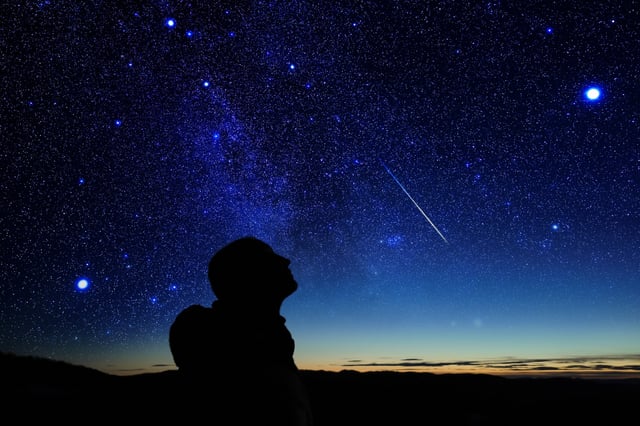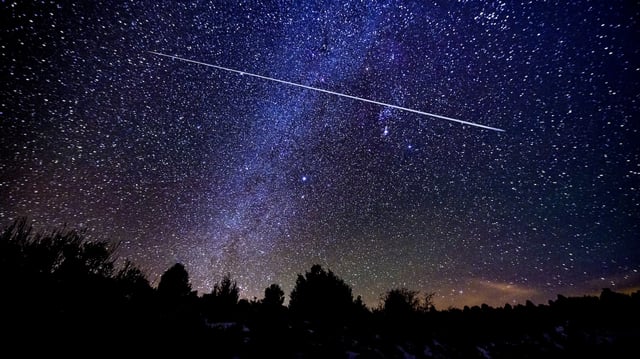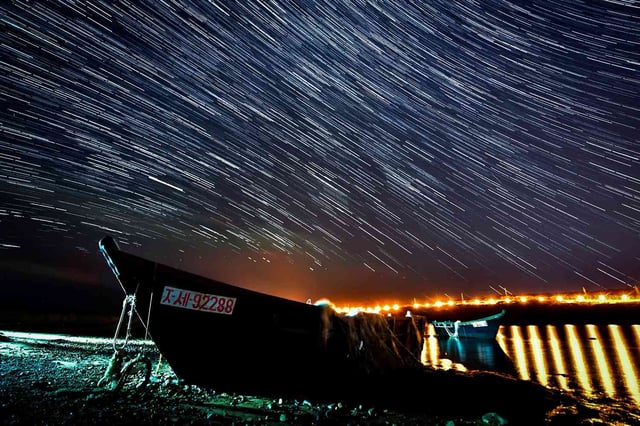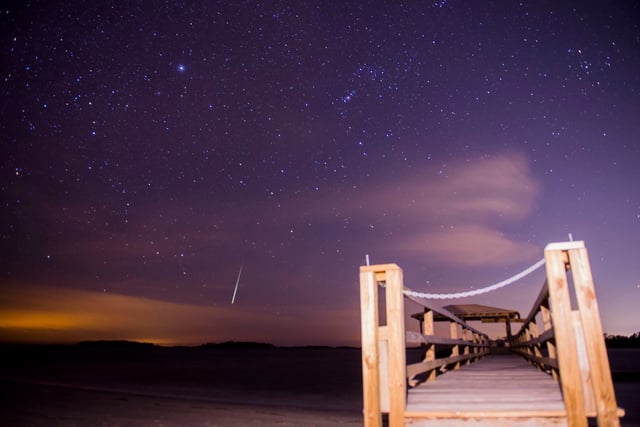Overview
- Activity runs Oct. 6–10 with the peak on Oct. 8, when the evening‑rising radiant in Draco favors viewing soon after dark.
- Moonlight from a full/supermoon on Oct. 6–7 and a 96–98% illuminated moon on Oct. 8 will sharply reduce visible rates from the usual ~10 per hour under ideal conditions.
- Look north with a wide, dark horizon, block the moon if possible, avoid bright lights, and allow 20–30 minutes for night vision; no telescope is needed.
- The shower comes from debris of comet 21P/Giacobini‑Zinner and is historically unpredictable, with rare past outbursts (1933, 1946, 2011) but no storm forecast this year despite the comet’s March perihelion.
- For real‑time prospects, check local cloud cover and space‑weather resources such as NOAA and SpaceWeatherLive, and note the Orionids will peak Oct. 21–22 under darker new‑moon skies.



